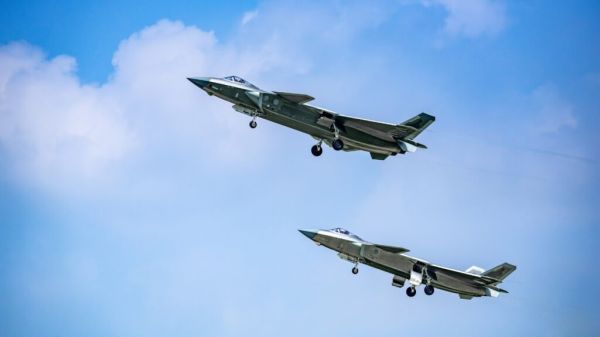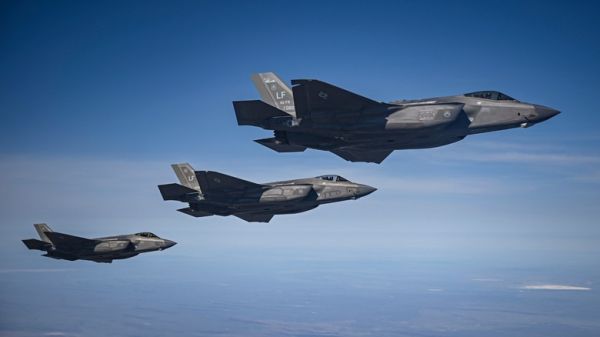China has been building some of the most advanced jets in the world, with its J-20 ‘Mighty Dragon’ considered its premier fighter jet. This aircraft is often compared to America’s best fighters, like the F-22 Raptor and the F-35 Lightning II, and there’s no clear consensus yet as to which aircraft is superior, as they haven’t faced each other in combat. Nevertheless, some experts say that America’s jets are superior on paper. For example, even though the J-20 has a higher top speed and is physically larger than the F-35, it also has a larger radar cross-section (meaning it can be seen earlier by radar).
But aside from capabilities, cost is also one of the things that many countries consider when acquiring fighter jets. After all, these are expensive war machines. For example, although the Lightning II has a starting price of around $75 to 80 million, the total F-35 program is expected to cost the American taxpayer a total of $1.7 trillion throughout its lifetime. Despite that, you might be surprised to learn that China’s J-20 fighter is more expensive than one of the most advanced fighter jets in the world.
According to AeroTimethe Chengdu J-20 has an estimated cost of $110 million. This is even more expensive than the F-35B Lightning II, with its vertical take-off and landing capabilities, which only has an estimated cost of $109 million. This makes the J-20 the fourth most expensive fighter jet in the world, behind the F-22 Raptor ($143 million), Dassault Rafale ($125 million), and Eurofighter Typhoon ($117 million).
Building more jets makes them cheaper
The biggest reason that the F-35 costs less than the J-20 is scale. That’s because the F-35 is an export product, with many countries ordering the jet for their national fleets. This is alongside the fact that the U.S. has 601 F-35s in service already and has over 1,700 airframes more on order. This large order book means that the development cost of the fighter jet is divided among a larger number of aircraft, resulting in a lower unit cost for each airplane. On the other hand, China has banned the export of the J-20. This meant that production of this aircraft will be limited to what the People’s Liberation Army Air Force (PLAAF) will order. And even though the country already has almost 200 of these fighters as of this year, it still lags behind Lockheed Martin’s massive production backlog of thousands of fighter jets.
Aside from that, China initially had to purchase Russian-made jet engines for the J-20 as it did not have a homegrown variant available to power it when it first launched. And although the Chinese aviation industry now makes its own engines, they’re still pretty new and experimental, and would have likely cost more than just readily available engines. In comparison, the F135 engine that powered the F-35 entered service in 2009, with over 1,300 engines already in circulation globally.
This means that Lockheed Martin has the advantage of scale in both engines and airframes. Aside from that, it has a global network of partners, allowing it to make the F-35 Lightning II at a much lower cost than the J-20 Mighty Dragon.






